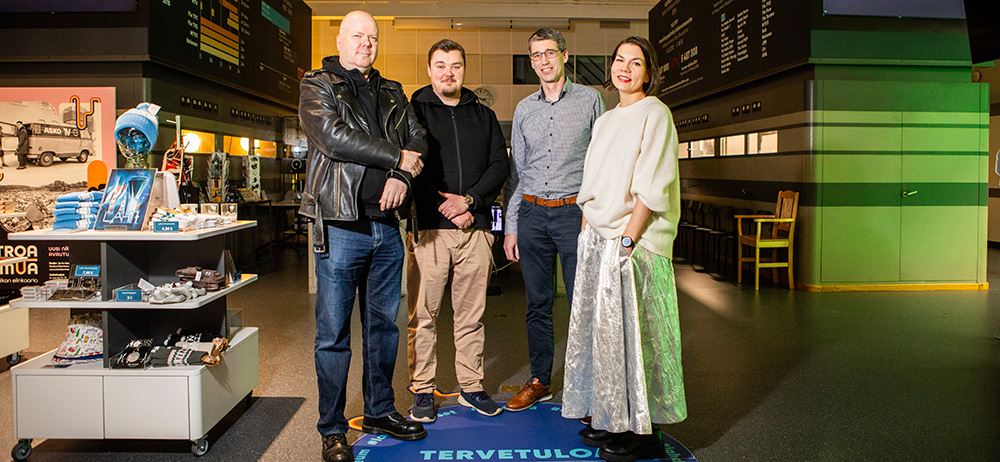
An AI-based customer service representative will soon be a guide at Radio and TV Museum Mastola
Netum developed a chatbot with speech recognition and synthesis capabilities for Mastola in Lahti, allowing visitors to ask any question about the museum.
The history of Lahti as Finland’s most important radio city is reflected in the giant radio masts that draw the city’s skyline and once led the country to the peak of the development of communications technology. Radio and TV Museum Mastola, located at the foot of the eastern radio mast, is once again looking to the future. Museum visitors’ questions will soon be answered by AI-based customer service representatives on duty in the lobby.
- I came up with the idea at a seminar on changes to the future of working life with artificial intelligence. The transformation will affect a large part of today’s jobs. I was thinking that we should either jump on the development bandwagon in time or stay on the sidelines of the world’s changes," says Atte Kautto, AV designer at Lahti City Museums.
Kautto had a vision of a hologram-based AI customer service representative. At the same time, the City of Lahti joined the joint KUDOS project of four cities with the aim of developing the cities' digital cultural activities.
- Suddenly, there was a project and funding behind my project," Kautto laughs out.
The competitive bidding allowed Netum to develop the technology behind the AI-based customer service representative.
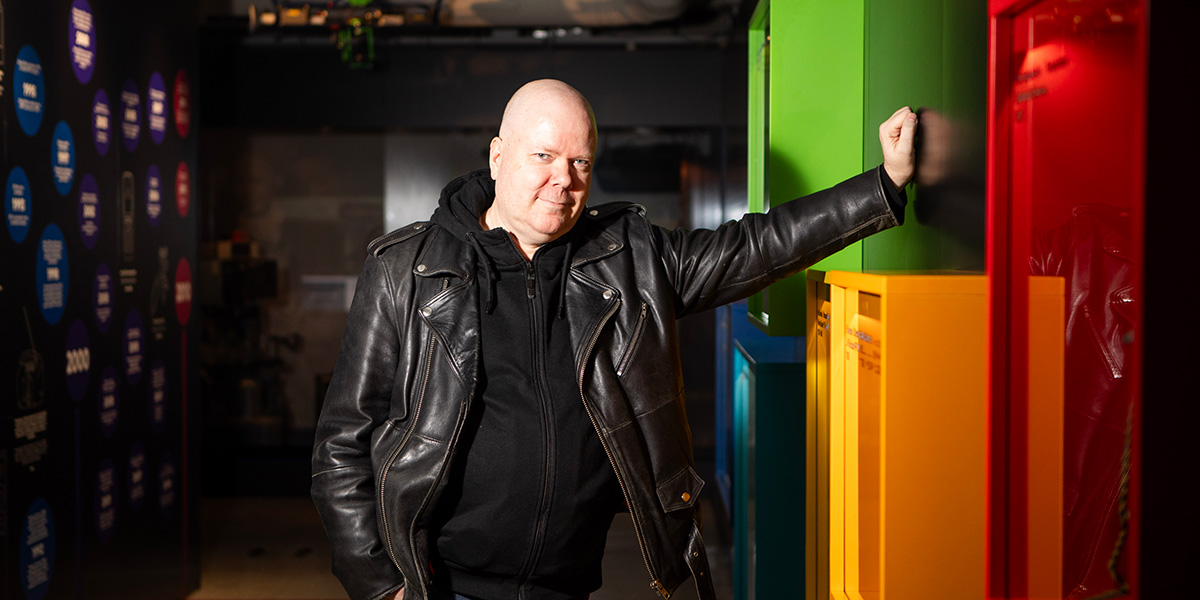
Atte Kautto, AV designer at Lahti City Museums
Maia “listens” and “talks”
The AI customer service representative is named Maia according to Greek mythology. Maia recognises speech in Finnish and also synthesises it. Päivi Roivainen, Head of Exhibitions at Lahti City Museums, says that the AI-based customer service representative is an excellent fit for Mastola.
- Museums are easily seen as only presenting the past, but in reality, museums present the past, present and future. We tell visitors about history in the present through the means of the future," Roivainen sums up.
For the time being, Maia works via a web browser, but a hologram is planned as the final user interface.
- Our goal is for Mastola to be a museum that can adopt new operating methods and technologies without prejudice. In this respect, Netum has been of great help to us, and the cooperation has progressed quickly," Roivainen says.
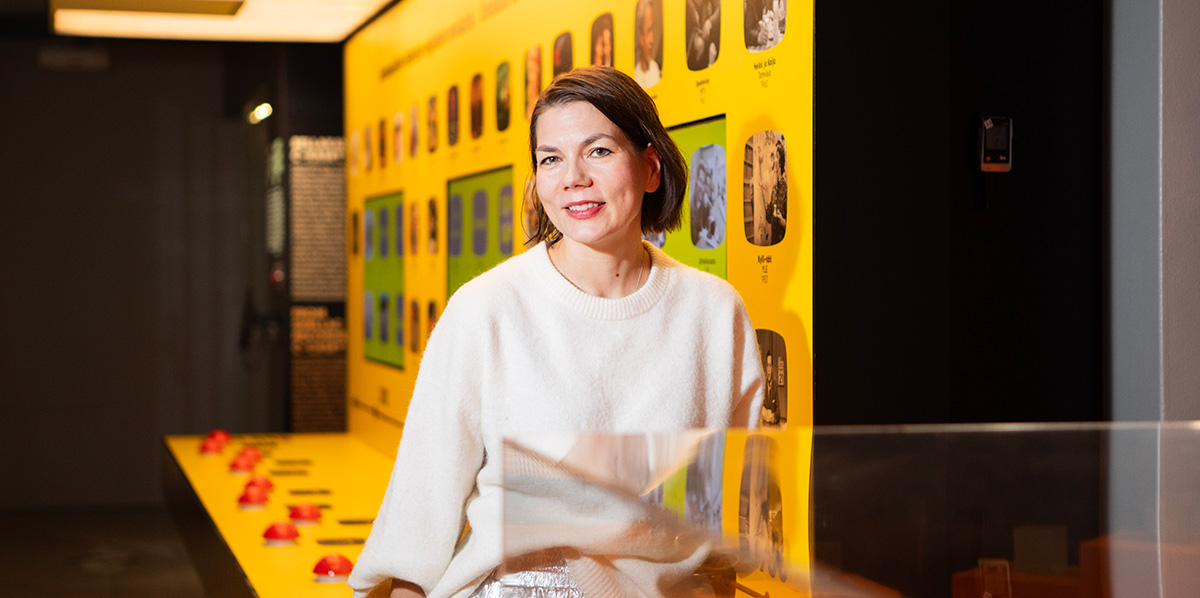
Päivi Roivainen, Head of Exhibitions at Lahti City Museums
Low code solution
The AI-based chatbot answers visitors’ questions based on data specified by the museum. Netum’s solution architect Markus Lehtinen wanted to offer the customer a solution that was as agile as possible and that could be customised independently.
- All data is managed by the museum itself, so the content is high-quality and it is easy for the customer to limit the scope of the source material," says Lehtinen.
The chatbot’s responses are based on a bot created using Microsoft’s Copilot Studio based on a large language model (LLM). This is a "low code" solution that requires minimal coding skills from the user. The overall implementation can be easily reproduced and further refined according to the customer’s needs.
- The customer can develop the customer service representative in the desired direction practically without programming. This is agile and inexpensive, as we are not needed as an intermediary to make the desired changes," Lehtinen says.
The low code solution features a user interface with Microsoft Azure’s AI Speech capabilities. Azure AI Speech translates the museum visitor’s speech into text, which is relayed to Copilot Studio to be answered and back to AI Speech to synthesise the response text via the user interface. This combination makes it possible to deploy the bot in different formats according to the customer’s needs.
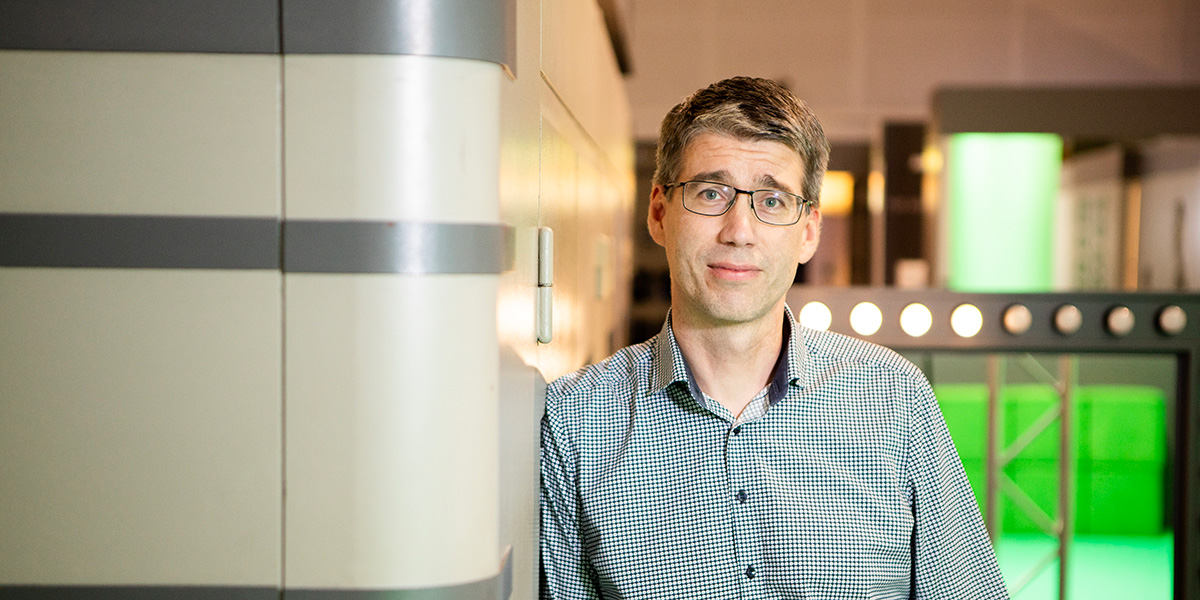
Netum’s solution architect Markus Lehtinen
Maia is programmed for two kinds of activities: answering questions related to the museum and receiving customer feedback. The processing of feedback will improve with Maia: the speech of museum visitors will be translated into text using artificial intelligence and the feedback will be automatically added to a SharePoint feedback list. For example, the museum staff can use the feedback list tools to mark feedback as processed or add internal comments to it for further action.
The implementation is based on the City of Lahti’s own Microsoft Azure cloud service capacity. The customer therefore has immediate access to all development versions and improvements of the platform.
Netum’s Data Specialist Olli-Pekka Pettersson also highlights the customer’s advantages in the solution.
- A light start leads to concrete and joyful solutions. In projects such as this, the initial work takes a few weeks at the very shortest, after which the customer can already test the service and make decisions independently," Pettersson says.
Pettersson expects similar projects to increase significantly in the future.
- In addition to the museum environment, the idea could be replicated in any other place where customers are served, such as a health centres," says Pettersson.
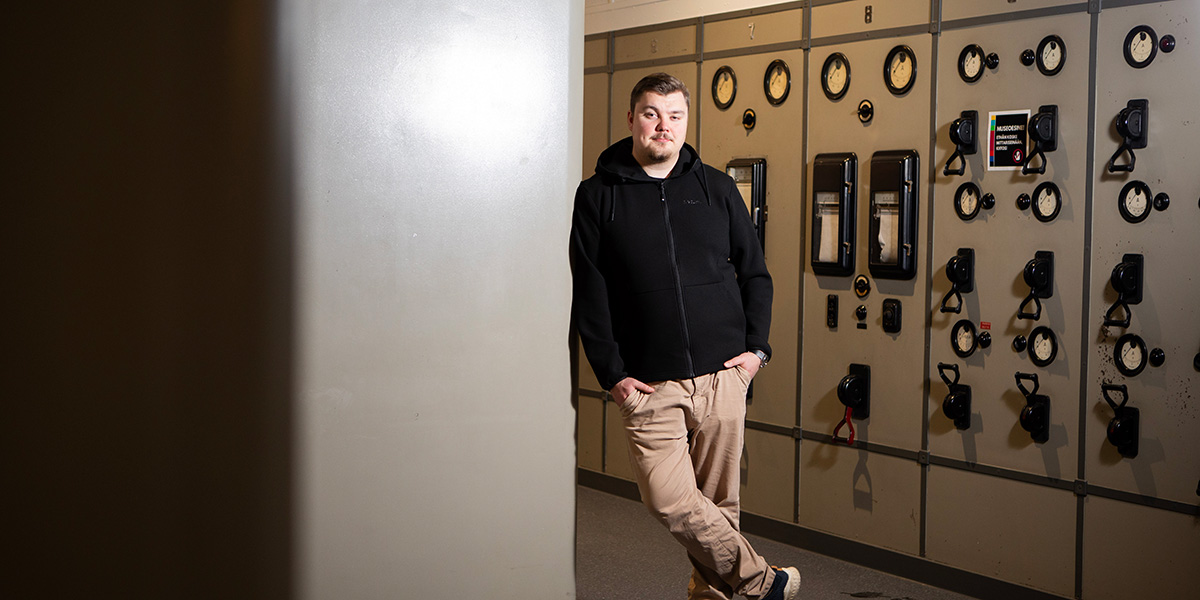
Netum’s Data Specialist Olli-Pekka Pettersson
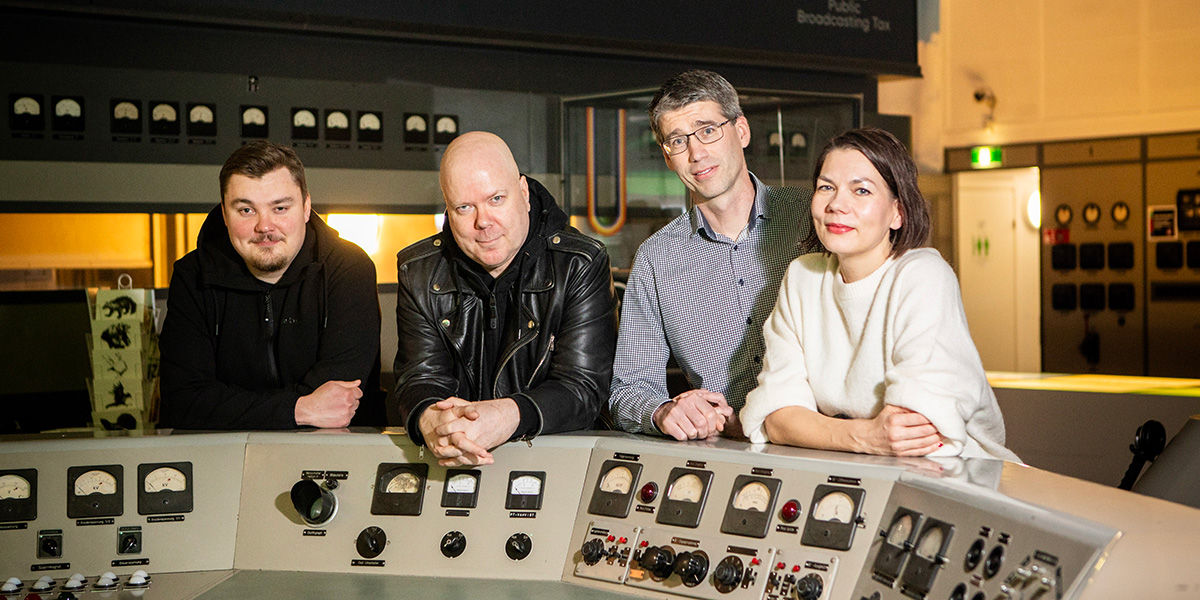
Olli-Pekka Pettersson, Atte Kautto, Markus Lehtinen and Päivi Roivainen